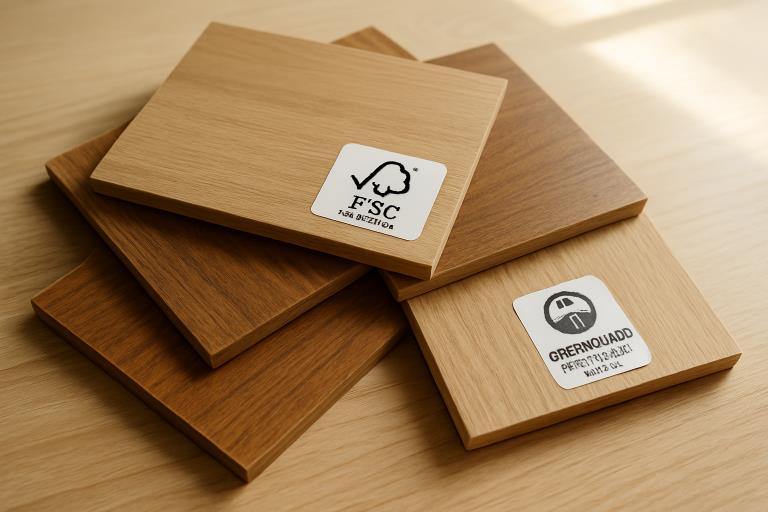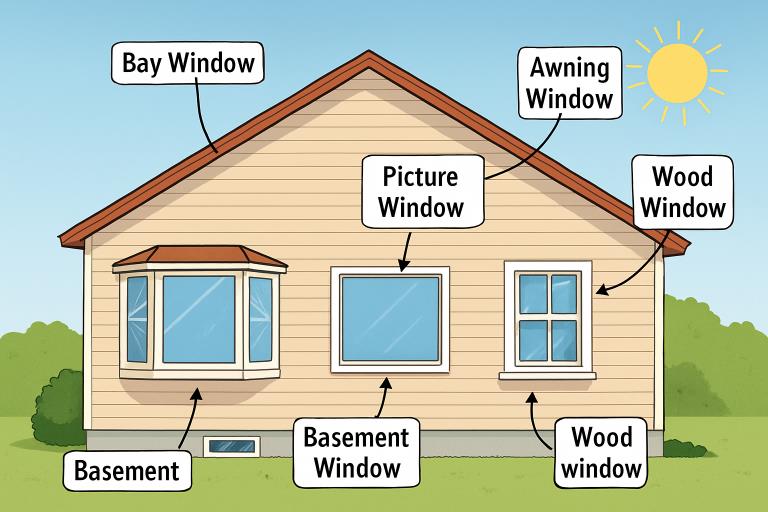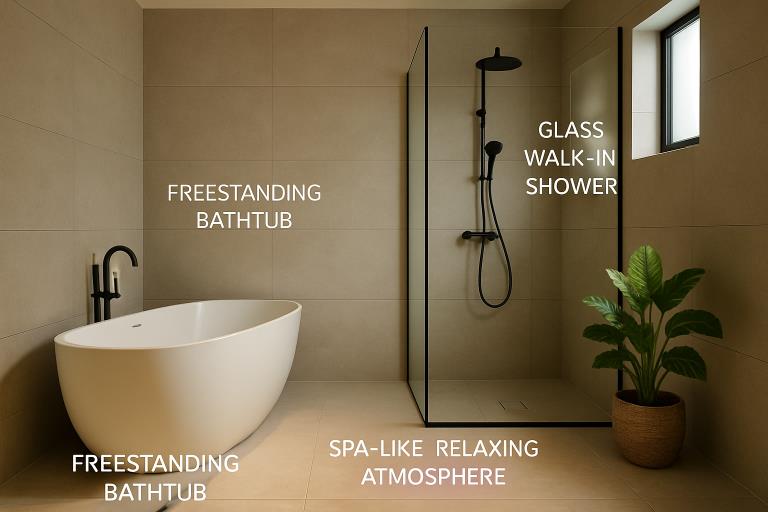Now Reading: How to Choose Sustainable Wood Flooring
-
01
How to Choose Sustainable Wood Flooring
How to Choose Sustainable Wood Flooring

Introduction
Homeowners today are becoming more conscious of their environmental footprint. Selecting sustainable wood flooring is an aesthetically pleasing choice and a responsible one. Learning to make eco-friendly flooring choices can contribute to healthier living spaces and conserving natural resources. For those looking for trusted local options, Greeley hardwood flooring experts offer a range of sustainable solutions that blend style, performance, and environmental responsibility.
Understanding the ins and outs of eco-friendly flooring, including certifications and materials, will help ensure you make a long-lasting investment. As demand for sustainable homes grows, so does the importance of ensuring that every aspect, from sourcing to installation, aligns with green practices. This guide will walk you through the essential factors to consider when choosing your next sustainable wood floor.
Understanding Sustainable Wood Flooring
Sustainable wood flooring refers to hardwood or wood-based floors sourced and manufactured using methods that minimize environmental impact. This includes choosing materials from responsibly managed forests, applying energy-efficient production methods, and utilizing finishes that are safer for indoor air quality. According to the New York Times Wirecutter guide to eco-friendly flooring, these products help protect forests, enhance indoor air quality, and support a healthier home environment for families.
Certifications to Look For
Eco-certifications ensure that flooring products meet high standards for sustainability and health. Here are some of the most trusted certifications to seek when shopping for sustainable wood flooring:
- Forest Stewardship Council (FSC):Recognized globally, FSC certification guarantees that wood originates from forests where logging practices meet rigorous environmental and social criteria.
- GREENGUARD Certification:GREENGUARD ensures products have low volatile organic compounds (VOCs) emissions, helping maintain healthy indoor air.
- Environmental Product Declarations (EPDs):EPDs provide transparent information about a product’s ecological impacts, from resource extraction through manufacturing.
Choosing wood flooring with one or more certifications provides peace of mind, knowing your investment supports sustainability and healthy living spaces.
Types of Sustainable Wood
Various wood options stand out for their renewability and low impact on the environment:
- Bamboo:Technically a grass, bamboo matures rapidly in just a few years, making it one of the fastest renewable flooring options. Modern bamboo flooring matches, and sometimes exceeds, the hardness and durability of many hardwoods.
- Cork:Harvested through a process that preserves the oak tree, cork is naturally renewable and provides natural thermal and acoustic insulation. Cork floors are also soft underfoot and hypoallergenic.
- Reclaimed Wood:Reclaimed wood flooring is made from wood salvaged from old structures. Repurposing existing wood reduces demand for new timber and typically showcases unique character and historical charm.
Opting for these sustainable materials benefits the planet and adds beauty and distinctiveness to your home’s interior.
Finishes and Treatments
Finishes and treatments can impact the eco-friendliness and health benefits of your wood flooring. Here are some essential features to consider:
- Low-VOC Finishes:Low-VOC (volatile organic compound) or zero-VOC finishes reduce harmful chemical emissions, protecting indoor air quality.
- Plant-Based Oils and Waxes:Instead of traditional chemical-laden varnishes or polyurethane, many sustainable floors use oils and waxes derived from plants, naturally protecting wood without toxic residues.
Flooring finished with these products is safer for homes, especially those with children, pets, or elderly residents who may be more sensitive to air quality issues.
Installation and Maintenance
How your flooring is installed and maintained greatly influences its sustainability. Professional installers can optimize material use and ensure proper fitting, minimizing wastage and prolonging the floor’s lifespan. When it comes to care, using mild, biodegradable cleaning products is ideal for maintaining both the flooring’s finish and the health of your household. Promptly addressing spills and routine cleaning will prevent permanent stains and damage, maximizing the life and beauty of your sustainable flooring.
Suppose you’re interested in even more strategies for prolonging flooring life. The House Beautiful guide to wood floor care offers expert tips for keeping surfaces durable and attractive for many years.
Cost Considerations
While sustainable wood flooring may have a higher initial cost than conventional options, the long-term benefits often outweigh the expense. Quality eco-friendly flooring is more durable and tends to increase property value over time. Some options, such as reclaimed wood, can also be budget-friendly while delivering exceptional character and sustainability. Additionally, the energy efficiencies provided by natural materials may help lower utility bills, adding to their financial appeal in the long run.
Benefits of Sustainable Wood Flooring
Sustainable wood flooring offers a variety of impressive benefits for homeowners seeking eco-friendly design. Key advantages include:
- Environmental Impact:Opting for responsibly produced wood flooring supports ethical forestry and decreases the demand for virgin timber, helping reduce deforestation.
- Health Benefits:With reduced exposure to harsh chemicals and better air quality, homes with low-VOC and certified wood flooring are healthier places to live.
- Aesthetic Appeal:These floors are available in various finishes, styles, and textures, from sleek bamboo to rustic reclaimed wood, ensuring a beautiful match for any decor scheme.
For homeowners who value sustainability, style, and a healthy living space, sustainable wood flooring is a sound and future-forward choice.
Conclusion
Investing in sustainable wood flooring is an environmentally and personally rewarding step. By prioritizing essential factors—like trusted certifications, eco-friendly materials, low-emission finishes, and professional installation—you will enjoy a lasting, beautiful, and functional floor. As demand for conscious living grows, choosing the right materials supports a greener future for your home and the planet.





















